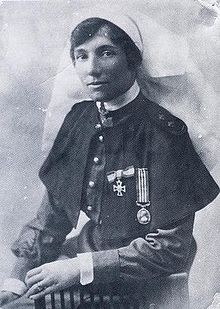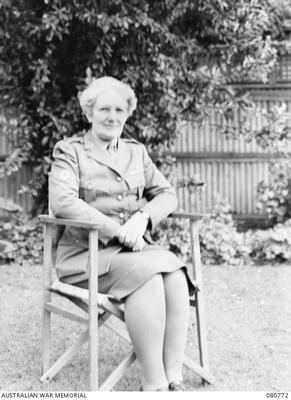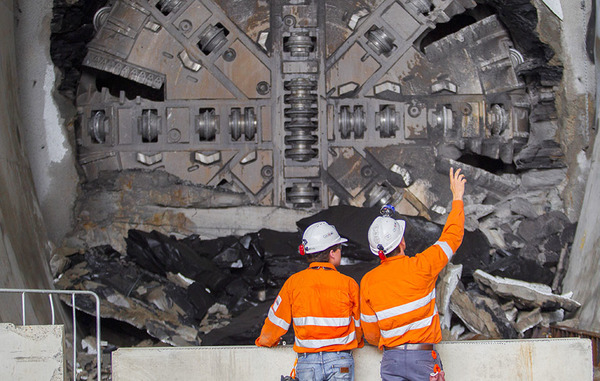By Kyra Gillespie
The name of one of Lang Lang’s leading ladies has been given to the first of the Metro Tunnel’s four tunnel boring machines (TBMs), following a public competition to honour ground-breaking women.
Wartime military nurse Alice Appleford, who lived in Lang Lang for 20 years between the two World Wars, was given the honour alongside former Premier Joan Kirner, Australian Women’s Cricket Captain Meg Lanning, and Victoria’s first female MP Millie Peacock.
Ms Appleford was born 1887 as Alice Ross-King, on 5 August 1887 to Archibald and his wife, Henrietta.
Before WWI Alice trained as a nurse, and she became a theatre sister in charge of a private hospital in Collins Street, Melbourne.
She enlisted in the Australian Army Nursing Service in November 1914. During 1915 she served in hospitals and on hospital transport ships in Egypt and the Suez. In early 1916 she moved to France where she served with No. 1 Australian General Hospital and a stationary hospital before joining No. 2 Australian Casualty Clearing Station (2CCS), located close to the trenches at Trois Arbres.
On the night of 22 July 1917 2CCS was attacked by German aircraft. Witness accounts describe nurses running to tents shattered by bombs to rescue patients, either carrying them to safety or placing tables over patient’s beds in an effort to protect them. Alice and three other nurses were awarded the military Medal for Gallantry for their actions during the attack.
Alice served as a nurse until the end of the war, upon which she returned to Australia. She married a doctor, Sydney Theodore Appleford, whom she met on the return journey in 1919, and they settled in Lang Lang and had four children.
There in Lang Lang, Alice and Sydney established a medical practice and took over running the Lang Lang Private Hospital.
Ms Appleford was a member of the Lang Lang Primary School Mothers’ Club for many years and was also the first Commissioner of the Girls Guides in the Lang Lang district when it formed.
When WWII broke out, they shifted to Melbourne and both re-enlisted in the Army. Alice was given rank of Major and was the senior assistant controller of the Australia Army Medical Women’s Service at Southern Command in Melbourne.
In 1949 she was awarded the Florence Nightingale Medal and was later appointed Trustee of the Edith Cavell Trust.
Lang Lang and District Historical Society Secretary Peter Hayden was proud to have one of Lang Lang’s own recognised.
“I was surprised when I heard it on the news last night, but very deserving; she was probably one of the strongest women in support of the community and soldiers’ welfare.
“I think it’s quite appropriate that she did earn this honour.”
Tradition dictates that a tunnel boring machine (TBM) is given a female name before it can start tunnelling, granting good luck for the project ahead. The tradition dates from the 1500s when miners and military engineers using explosives for excavation prayed to Saint Barbara – the patron saint of tunnellers and miners.
Each custom-built TBM for the Metro Tunnel is 120 metres long, weighs more than 1100 tonnes with a diameter of 7.28 metres, and is specifically designed to bore through Melbourne’s unique ground conditions.
The first TBM began the journey to Australia late last year with its pieces being progressively transported by truck from the Port of Melbourne to the North Melbourne Station construction site near Arden Street.
Premier Daniel Andrews unveiled the names of the machines with Public Transport Minister Jacinta Allan on Tuesday 12 February.
“These four massive machines have been named after ground-breaking women who’ve made significant contributions to our state and our country,” Premier Andrews said.
“We’re getting on with building the public transport Victoria needs so more trains can run more often to and from the suburbs.”









